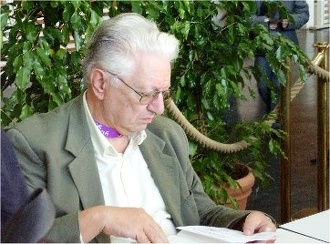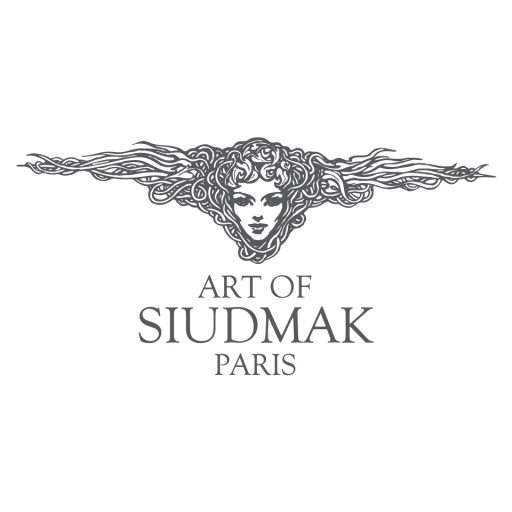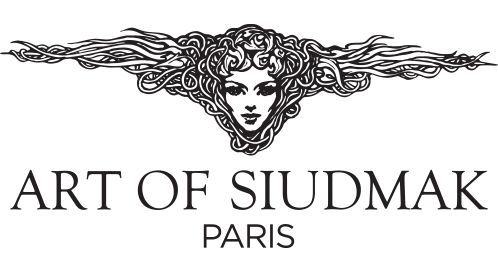The paintings of Siudmak are in perfect harmony; they are like the notes of a symphony happily unfinished. Their coming together evokes the celebration of a mystery into which we silently sink, as in the playing of the famous classical concerts. (…)
Man originates from Nature. (…) We must listen to Nature and also to Body, which is the nature of Man. (…) Everything runs, everything passes, says Heraclitus; the Cosmos remains unalterable and changeable. We should greet the intangible inside and outside of ourselves; it rests in the heart of our flesh, it rests at the end of space where the clouds and lightening of The Storm are perpetually altering, mere representation visible and forever untouchable. (…)
Because everything changes, then let us talk about the most instantaneous: the line. The drawing does not represent the space but just its veins; the drawer becomes less dizzy than the painter when faced with immobility, he has within himself less culture and more nature.
The drawing is so immaterial that it inclines towards materialising the absence. The Wedding Night shows a bride who has just unveiled herself; the husband is still just a dream which metamorphoses a chair. The moment of want is apprehended on a laceration: the laceration of the veil which prefigures that of the body. Time is in abeyance. It will shortly flow. The future recompositions are preparing. (…)
Thus, the drawings lead us into the same universe as the paintings. However, they have a specification, which is to privilege the moment: in a way that we frequently rediscover them in specialised moments: love and fun, tenderness and humour, lack and overflow. Man cannot suffice just in himself; he can, however, have access to genuineness, and then to intensity.
Siudmak is a virtuous creator enamoured with perfection. The scrupulous treatment of his creation would suggest an ideal of slowness in this work, of calm motionlessness in his subjects. Siudmak paints explosive images which blow up in our face. He is patient because he is happy. His paintings have always avoided the tragic through plenitude. (…) After the Crisis, humanity will revive, tempered by modesty and perplexity.
Art created by Siudmak is one of the most exciting that have ever existed. Not only through the unparalleled serenity that emanates from it, but also because its meaning is never exhausted. Allegory consists in the fact that every detail can incorporate a word, phrase, idea. It is a kind of art completely steeped in literature, which can function both as its own reflection and narration. Art, where each part of the image reflects in the other and creates an endless chain of associations.
However, these affluent paintings last in suspension and silence. One can kind of expect that an emerging sketch stops for a moment at some point in eternity. And the essence of this lies in the fact that the sketch is a project of motion and is about to be eternal: towering volcano, displaying star, piercing time of androids that are captured when their outburst does not encounter any obstacles, when their strength is not allowed to drop, where every hope is permitted.
Siudmak’s art is on the edge of desire. That is why, without a doubt, it is so valuable, even if it insists to speak to us about death.
(Preface to an album titled Siudmak Art Fantastique, no 1, Edition du Cygne 1983).

Jacques Goimard
From Wikipedia, the free encyclopedia

